Home>Gardening & Outdoor>Landscaping Ideas>How To Fill In A Raised Garden Bed
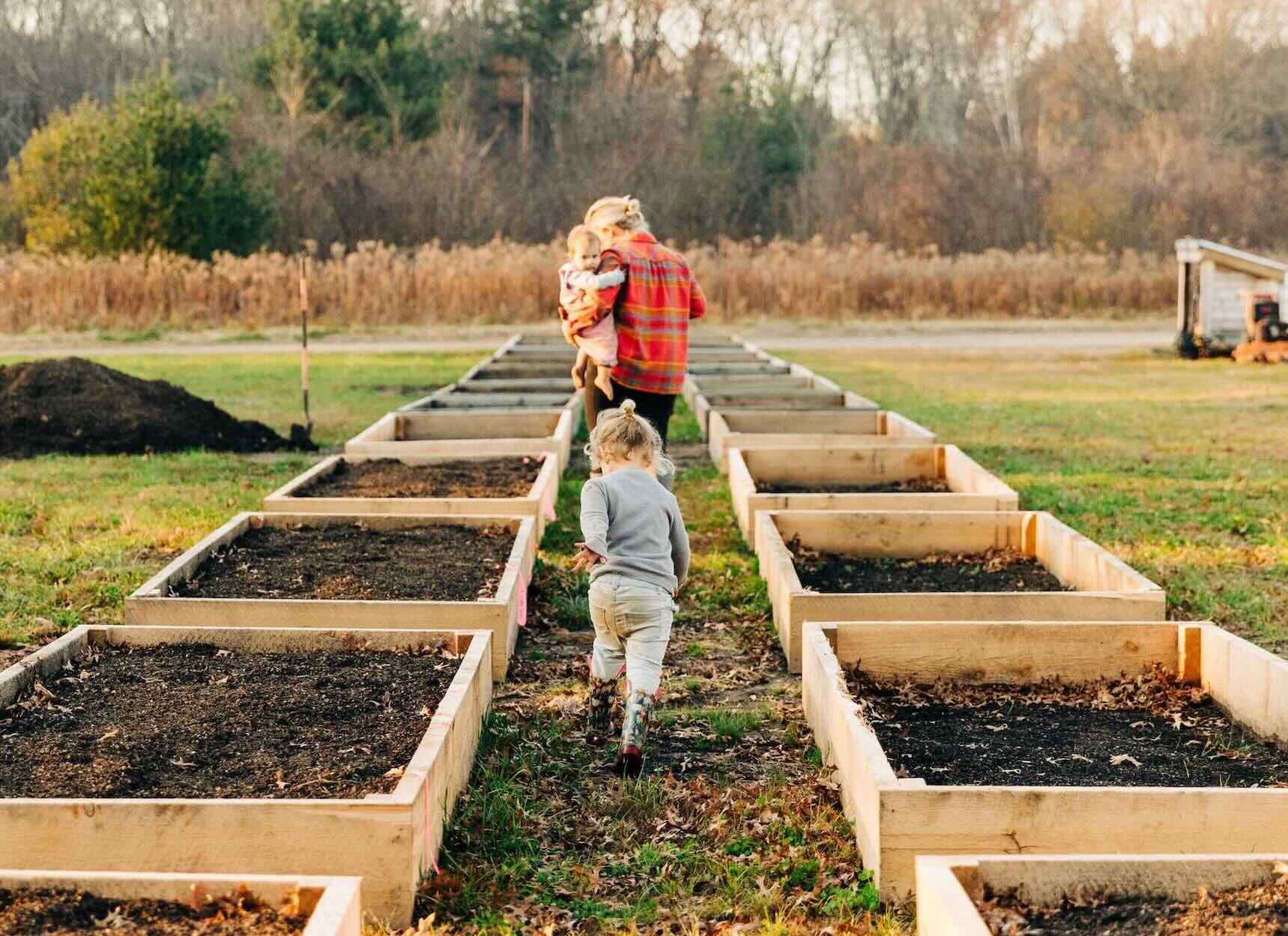

Landscaping Ideas
How To Fill In A Raised Garden Bed
Modified: February 27, 2024
Learn how to fill a raised garden bed with our expert landscaping ideas. Discover the best materials and techniques for a successful garden project.
(Many of the links in this article redirect to a specific reviewed product. Your purchase of these products through affiliate links helps to generate commission for Storables.com, at no extra cost. Learn more)
Introduction
When it comes to creating a vibrant and flourishing garden, raised garden beds offer a myriad of benefits. These elevated planting areas not only provide better drainage and soil structure but also offer a convenient way to cultivate a variety of plants. Whether you're a seasoned gardener or a novice enthusiast, filling in a raised garden bed is a fundamental step in the gardening journey. By following a few essential steps, you can ensure that your raised garden bed is primed for optimal growth and productivity.
In this comprehensive guide, we will delve into the intricacies of filling in a raised garden bed, from selecting the ideal location to nurturing your plants to maturity. By the end of this article, you will be equipped with the knowledge and confidence to embark on this fulfilling gardening endeavor. So, roll up your sleeves, grab your gardening tools, and let's dive into the enriching world of raised garden beds.
Key Takeaways:
- Choose a sunny, level spot for your raised garden bed, away from trees. Prepare the soil with compost and organic matter for healthy plant growth. Plant seeds or seedlings, mulch, and water regularly for a thriving garden.
- Maintain your garden bed by monitoring for pests, weeds, and diseases. Fertilize, prune, and adjust for seasonal changes to ensure a bountiful and beautiful garden. Enjoy the rewards of your nurturing efforts!
Read more: What To Fill Raised Garden Bed With
Step 1: Choose the Right Location
Selecting the perfect location for your raised garden bed is paramount to the success of your gardening venture. The ideal spot should receive an adequate amount of sunlight, typically around 6-8 hours per day, to facilitate the photosynthesis process crucial for plant growth. Additionally, consider the proximity to a water source to ensure convenient irrigation and maintenance.
Furthermore, it's essential to assess the topography of the chosen area. Opt for a level surface to prevent water from pooling and to facilitate even distribution of nutrients within the soil. If the ground is uneven, you may need to level the area or consider constructing a raised bed with adjustable legs to accommodate the slope.
Another crucial factor to consider is the proximity to trees and large shrubs. While these natural elements offer aesthetic appeal and shade, their roots can compete with your garden bed for water and nutrients. Therefore, it's advisable to position the raised bed away from the immediate vicinity of these larger plants.
Moreover, take into account the accessibility of the chosen location. Ensure that it is easily reachable for regular maintenance, weeding, and harvesting. This will not only make gardening tasks more manageable but also contribute to the overall enjoyment of the experience.
By carefully considering these factors, you can identify the perfect location for your raised garden bed, setting the stage for a thriving and bountiful garden.
Step 2: Prepare the Soil
Preparing the soil for your raised garden bed is a crucial step that sets the foundation for healthy plant growth. The quality of the soil directly impacts the vitality and productivity of your garden, making it essential to invest time and effort into this preparatory phase.
Begin by clearing the designated area of any debris, such as rocks, weeds, and roots, to create a clean canvas for your garden bed. This process ensures that the soil is free from potential obstructions that could impede root growth and nutrient absorption.
Next, it's time to assess the composition of the soil. A simple soil test can provide valuable insights into its pH levels and nutrient content. This information is instrumental in determining the necessary amendments to optimize the soil for plant growth. Most plants thrive in slightly acidic to neutral soil, with a pH range of 6.0 to 7.0. If the soil test reveals imbalances, various products are available to adjust the pH levels and enhance the soil's fertility.
Incorporating organic matter into the soil is a fundamental practice that enriches its structure and nutrient content. Compost, well-rotted manure, and leaf mold are excellent sources of organic matter that improve soil texture, promote drainage, and provide essential nutrients for plant development. Aim to add a generous layer of organic matter to the soil, typically around 2-3 inches, and work it into the existing soil using a garden fork or tiller.
Furthermore, consider the addition of soil amendments to address specific deficiencies or enhance the soil's properties. For instance, if the soil lacks essential nutrients, organic fertilizers or mineral supplements can be introduced to fortify its nutritional profile. Additionally, incorporating perlite or vermiculite can improve soil aeration and water retention, fostering an optimal environment for root growth.
Once the organic matter and soil amendments have been integrated, it's advisable to thoroughly mix the soil to ensure uniform distribution of these beneficial components. This process facilitates the creation of a balanced and nutrient-rich growing medium that lays the groundwork for robust plant development.
By meticulously preparing the soil for your raised garden bed, you are paving the way for a flourishing and resilient garden that promises an abundant harvest and a visually stunning display of nature's bounty.
Step 3: Add a Layer of Compost
Once the soil is meticulously prepared, the next pivotal step in filling a raised garden bed involves adding a generous layer of compost. Compost serves as a powerhouse of nutrients, fostering a fertile environment that nurtures plant growth and vitality.
Compost, often referred to as "black gold" in the gardening world, is a rich and crumbly substance resulting from the decomposition of organic matter. Its composition teems with essential nutrients, including nitrogen, phosphorus, potassium, and a spectrum of micronutrients vital for plant development. Moreover, compost enhances soil structure, promotes beneficial microbial activity, and aids in moisture retention, creating an optimal habitat for plant roots to thrive.
To incorporate compost into your raised garden bed, begin by spreading a uniform layer over the prepared soil surface. Aim for a thickness of approximately 2-3 inches, ensuring even coverage across the entire bed. This generous application of compost infuses the soil with an abundance of organic matter, enriching its fertility and fortifying it with a diverse array of nutrients essential for plant health.
As the compost integrates with the soil, its nutrient-rich composition becomes readily available to the plants, fueling their growth and resilience. Furthermore, the organic matter in the compost enhances soil structure, fostering a well-aerated and crumbly texture that promotes root penetration and nutrient uptake.
In addition to its nutritional benefits, compost contributes to the overall sustainability of gardening practices. By recycling organic waste and transforming it into a valuable resource, gardeners actively participate in eco-friendly initiatives while reaping the rewards of a thriving garden.
It's important to note that compost is a versatile and adaptable component that accommodates various gardening preferences. Whether you opt for homemade compost, commercially available blends, or specialized formulations tailored to specific plant types, the addition of compost remains a fundamental practice in nurturing a flourishing garden bed.
By incorporating a generous layer of compost into your raised garden bed, you are infusing the soil with a wealth of nutrients and organic matter, laying the groundwork for a vibrant and resilient garden that promises an abundant harvest and a visually stunning display of nature's bounty.
Step 4: Plant Your Seeds or Seedlings
Planting seeds or seedlings in your raised garden bed marks the exciting transition from soil preparation to the active cultivation of your chosen plants. This step requires careful consideration of plant varieties, spacing, and planting techniques to ensure optimal growth and yield.
Before proceeding with planting, it's essential to determine the most suitable plant species for your raised garden bed based on factors such as climate, sunlight availability, and soil conditions. Consider the specific requirements of each plant, including its mature size, root depth, and compatibility with neighboring species. This thoughtful selection process sets the stage for a harmonious and productive garden ecosystem.
When planting seeds, follow the recommended sowing depth and spacing guidelines provided on the seed packets. Create furrows or individual planting holes in the soil, ensuring that the seeds are positioned at the appropriate depth for germination. Gently cover the seeds with soil and pat the surface to ensure good seed-to-soil contact, promoting successful germination and establishment.
For seedlings, carefully remove them from their containers, taking care not to disturb the roots excessively. Dig individual planting holes in the prepared soil, ensuring that the depth and width accommodate the root system of each seedling. Position the seedlings in the holes, backfill with soil, and gently firm the soil around the base of each plant to provide stability and support.
As you plant your seeds or seedlings, consider the layout and arrangement of different plant varieties within the raised garden bed. Group plants with similar water and sunlight requirements together to facilitate efficient irrigation and maintenance. Additionally, strategic placement of taller plants to provide shade or support for climbing varieties can optimize space and create a visually appealing garden design.
Once the seeds or seedlings are in place, provide thorough watering to ensure that the soil is adequately moistened. Monitor the moisture levels regularly, adjusting your watering routine based on the specific needs of the plants and prevailing weather conditions.
By planting your seeds or seedlings with care and attention to detail, you are sowing the seeds of a vibrant and thriving garden that promises to yield a bountiful harvest and a captivating display of natural beauty.
Read more: How To Fill A Raised Garden Bed Cheap
Step 5: Mulch and Water
Mulching and watering are essential components of nurturing a healthy and productive raised garden bed. These practices play a pivotal role in conserving moisture, regulating soil temperature, suppressing weed growth, and promoting overall plant vigor.
Mulching:
Mulching serves as a protective blanket for the soil, offering a multitude of benefits that contribute to the well-being of your garden. By applying a layer of mulch over the soil surface, you create a barrier that helps retain moisture, reducing the frequency of watering while ensuring consistent hydration for your plants. Additionally, mulch acts as a thermal insulator, shielding the soil from extreme temperature fluctuations and providing a stable environment for root development.
When selecting mulch for your raised garden bed, consider organic options such as straw, shredded leaves, or wood chips, which gradually decompose and contribute to the soil's organic matter content. Spread a layer of mulch, approximately 2-3 inches thick, over the soil surface, taking care to leave a small gap around the base of each plant to prevent moisture-related issues. This strategic application of mulch not only conserves moisture but also inhibits weed growth, minimizing competition for nutrients and reducing the need for labor-intensive weeding.
Watering:
Proper watering is a cornerstone of successful gardening, and it is particularly crucial in the context of raised garden beds. The elevated nature of these beds can lead to faster moisture evaporation, necessitating attentive and consistent watering practices.
When watering your raised garden bed, aim to deliver water directly to the root zone of the plants, minimizing water loss through evaporation and ensuring efficient uptake by the roots. Consider utilizing soaker hoses or drip irrigation systems to provide targeted and uniform moisture distribution, promoting healthy root development and minimizing water wastage.
Regularly monitor the moisture levels in the soil, adjusting your watering frequency and duration based on the specific needs of the plants and the prevailing weather conditions. It's important to strike a balance, avoiding both waterlogged and parched soil, to maintain an optimal growing environment for your plants.
By mulching and watering your raised garden bed with diligence and care, you are fostering a nurturing habitat that supports robust plant growth, resilience, and ultimately, a flourishing garden that embodies the beauty of nature's bounty.
Step 6: Maintenance and Care
Maintaining and caring for your raised garden bed is a continuous process that ensures the sustained health and productivity of your plants. By implementing proactive measures and attentive practices, you can create an environment that fosters optimal growth, minimizes potential issues, and maximizes the overall success of your gardening endeavors.
Regular Monitoring:
Regular monitoring of your raised garden bed is essential to identify any signs of pest infestations, diseases, or nutrient deficiencies. Inspect the foliage, stems, and soil regularly, keeping a keen eye out for any abnormalities or irregularities that may indicate underlying issues. Early detection allows for prompt intervention, mitigating potential damage and preserving the vitality of your plants.
Weed Control:
Weed control is a critical aspect of maintenance, as invasive plants can compete with your cultivated species for essential resources. Regularly remove weeds from the raised garden bed, taking care to extract the entire root system to prevent regrowth. Mulching, as discussed in the previous section, serves as a valuable ally in weed suppression, minimizing the emergence of unwanted vegetation and reducing the need for extensive manual weeding.
Fertilization:
Supplemental fertilization may be necessary to replenish nutrients in the soil and support ongoing plant growth. Consider incorporating organic fertilizers or compost tea to provide a nutrient boost to your plants. It's important to follow recommended application rates and timing to avoid over-fertilization, which can have adverse effects on plant health and soil ecology.
Pruning and Training:
For certain plant varieties, pruning and training are essential practices to maintain optimal growth habits and encourage fruit production. Regularly prune dead or diseased foliage, and train vining plants to ensure efficient use of space and sunlight. These proactive measures contribute to the overall health and vigor of your garden bed, promoting abundant yields and a tidy, well-manicured appearance.
Read more: Why A Raised Garden Bed
Pest and Disease Management:
In the event of pest infestations or disease outbreaks, it's crucial to address these issues promptly and effectively. Explore organic pest control methods and disease management strategies to minimize the use of chemical interventions while safeguarding the well-being of your plants. Implementing natural predators, deploying physical barriers, and practicing good sanitation are among the eco-friendly approaches to pest and disease management.
Seasonal Adjustments:
As the seasons change, your raised garden bed may require adjustments to accommodate shifting environmental conditions. Adapt your watering schedule, mulch thickness, and plant selection to align with seasonal variations. Additionally, consider rotating crops to prevent soil depletion and minimize the risk of recurring pests and diseases.
By embracing the principles of maintenance and care, you are nurturing a thriving and resilient garden bed that embodies the rewards of attentive stewardship and the enduring beauty of nature's bounty.
Conclusion
In conclusion, filling in a raised garden bed is a transformative journey that encompasses meticulous preparation, thoughtful cultivation, and dedicated maintenance. By adhering to the essential steps outlined in this guide, you have embarked on a rewarding endeavor that promises to yield a flourishing and bountiful garden bed.
From the initial selection of the perfect location to the careful nurturing of your plants, each stage of the process contributes to the creation of a vibrant and resilient garden ecosystem. The deliberate preparation of the soil, enriched with organic matter and essential nutrients, sets the stage for robust plant growth and abundant harvests. The strategic placement of seeds or seedlings, coupled with attentive mulching and watering practices, fosters an environment conducive to thriving plant life.
As you embark on this gardening journey, it's important to embrace the principles of maintenance and care, ensuring that your raised garden bed continues to flourish and evolve with the changing seasons. By monitoring, weeding, fertilizing, and addressing potential challenges, you are actively participating in the nurturing of a sustainable and productive garden bed.
Ultimately, the culmination of your efforts will manifest in a visually stunning display of nature's bounty, teeming with vibrant foliage, fragrant blooms, and a rich tapestry of edible delights. The raised garden bed you have meticulously filled and cultivated will not only serve as a source of nourishment and beauty but also as a testament to your dedication and stewardship of the natural world.
As you witness the fruits of your labor unfold within the confines of your raised garden bed, may you find joy in the flourishing ecosystem you have nurtured. Whether it's the crisp crunch of freshly harvested vegetables, the vibrant hues of blossoming flowers, or the tranquil oasis of greenery, your garden bed stands as a testament to the transformative power of gardening.
In the embrace of your raised garden bed, you have not only cultivated a thriving oasis but also cultivated a deeper connection to the natural world, fostering a sense of harmony, balance, and appreciation for the wonders of the earth. As you continue to tend to your garden bed, may it serve as a constant source of inspiration, rejuvenation, and a reminder of the enduring beauty found in the simple act of nurturing life from the soil.
Frequently Asked Questions about How To Fill In A Raised Garden Bed
Was this page helpful?
At Storables.com, we guarantee accurate and reliable information. Our content, validated by Expert Board Contributors, is crafted following stringent Editorial Policies. We're committed to providing you with well-researched, expert-backed insights for all your informational needs.
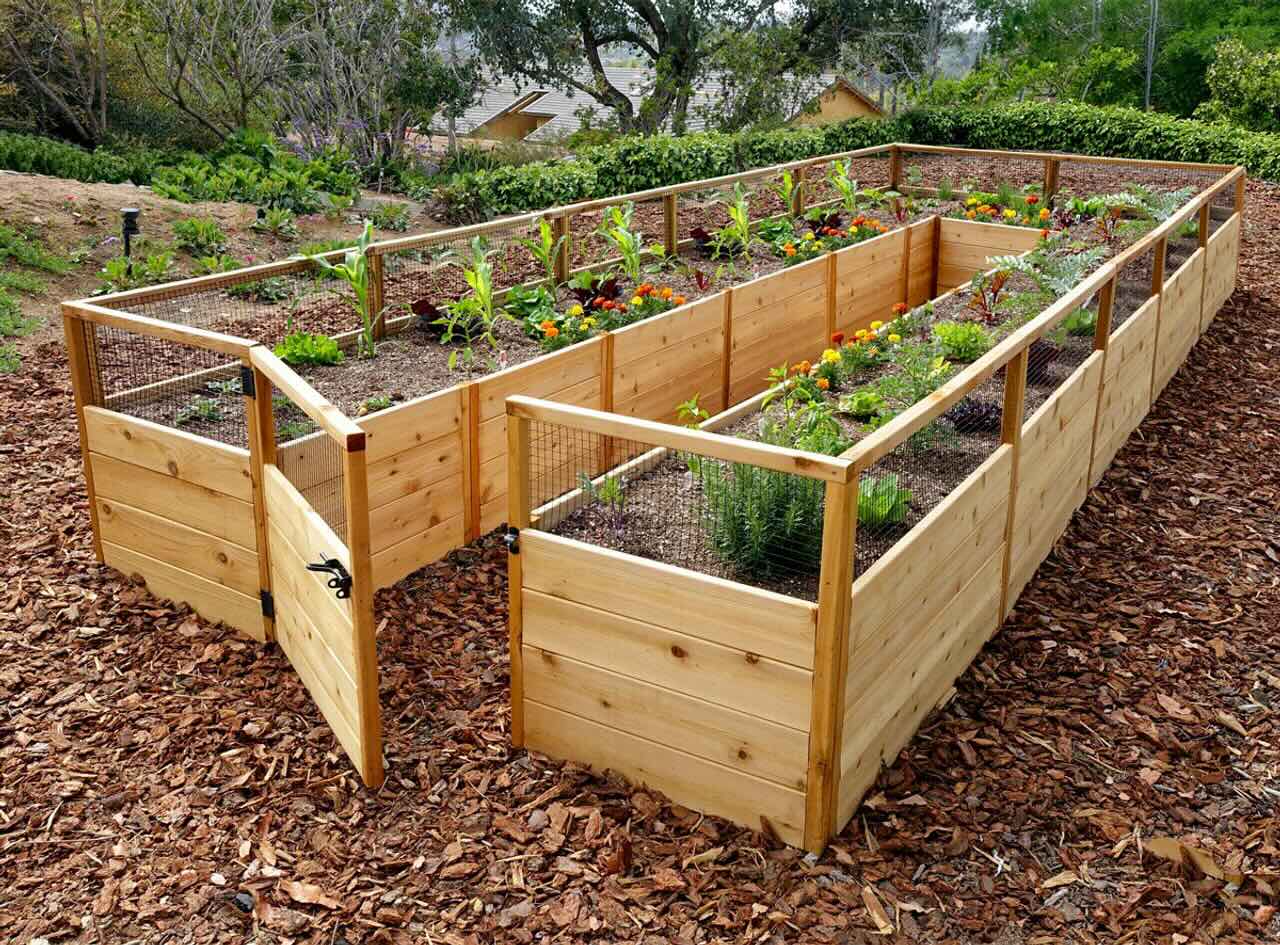


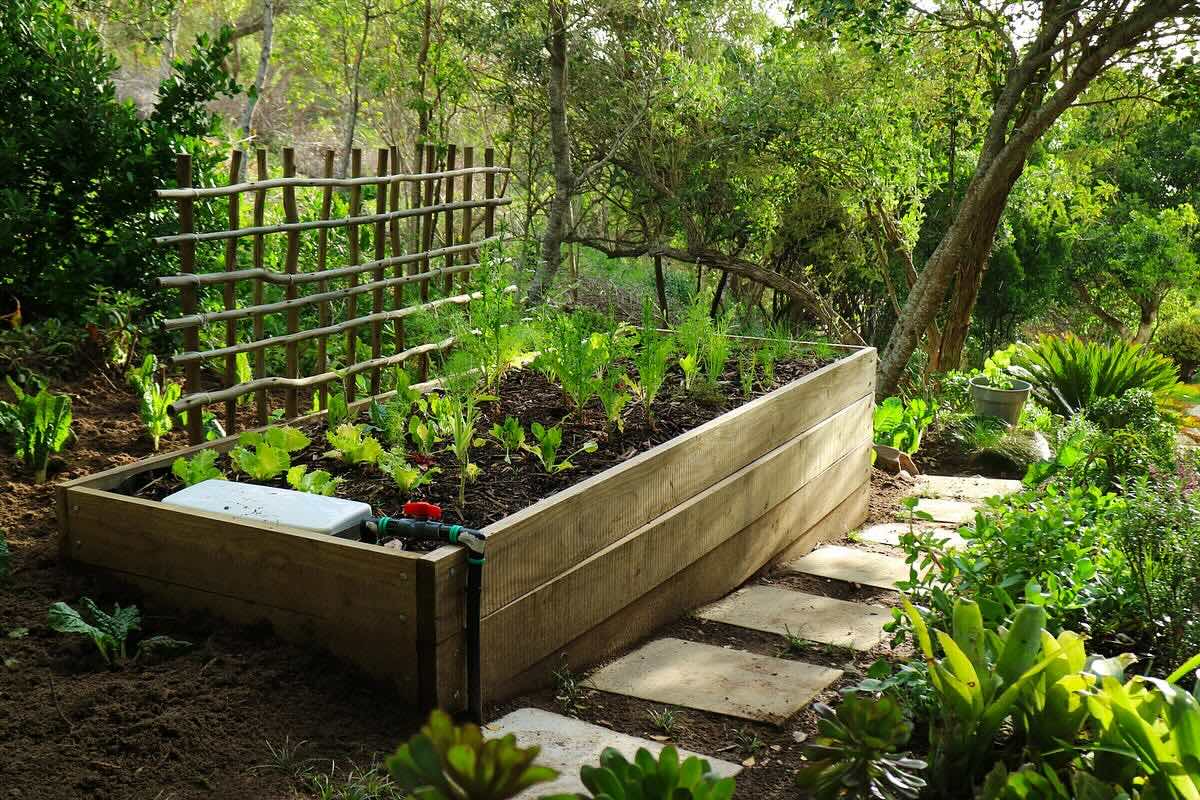
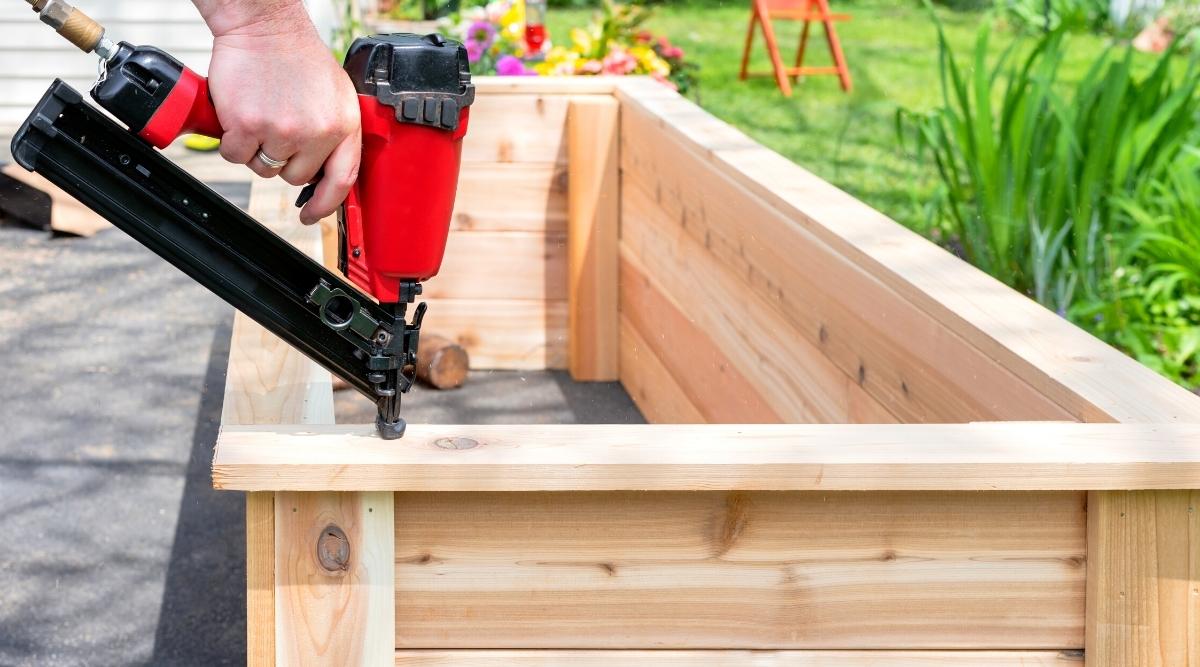
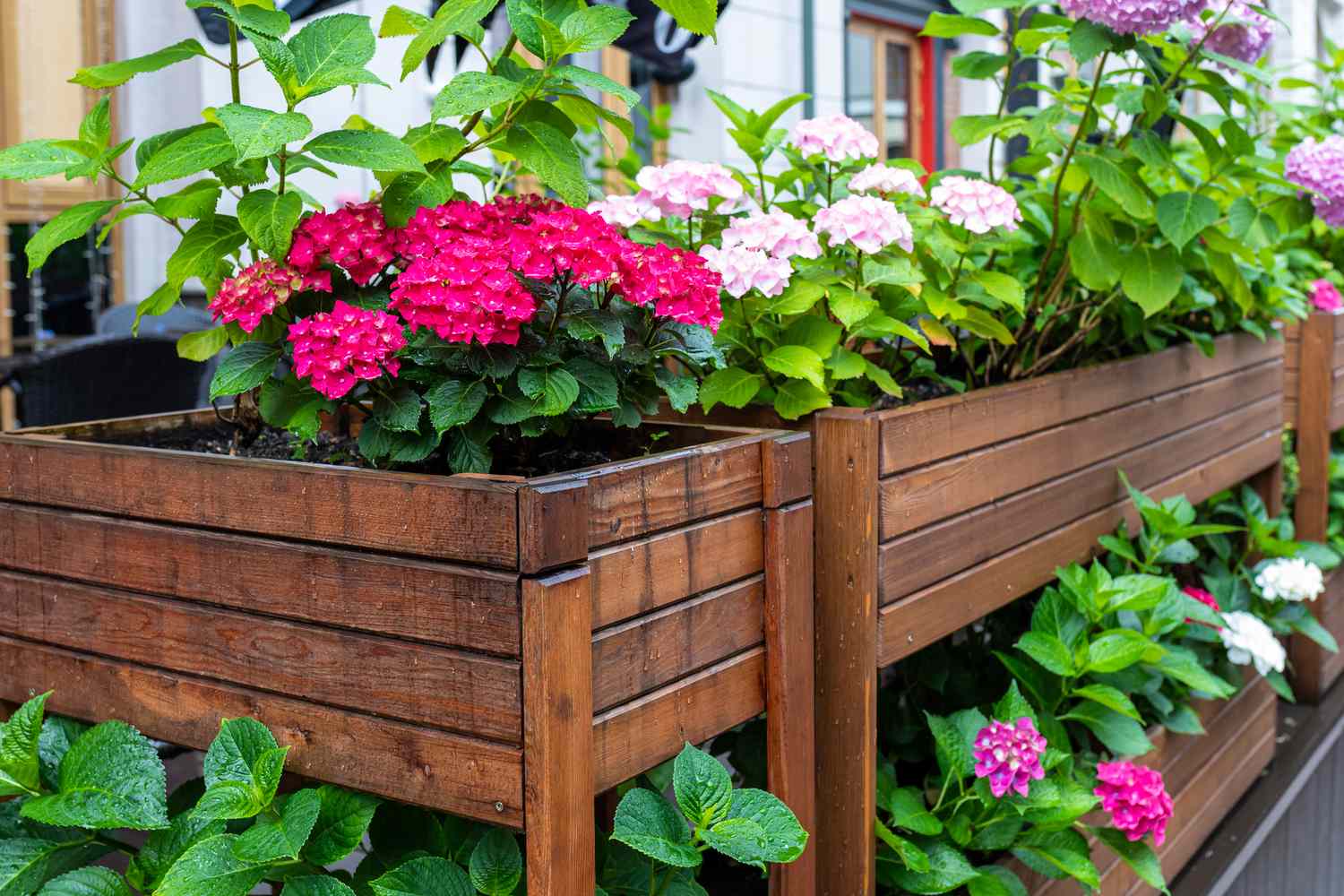
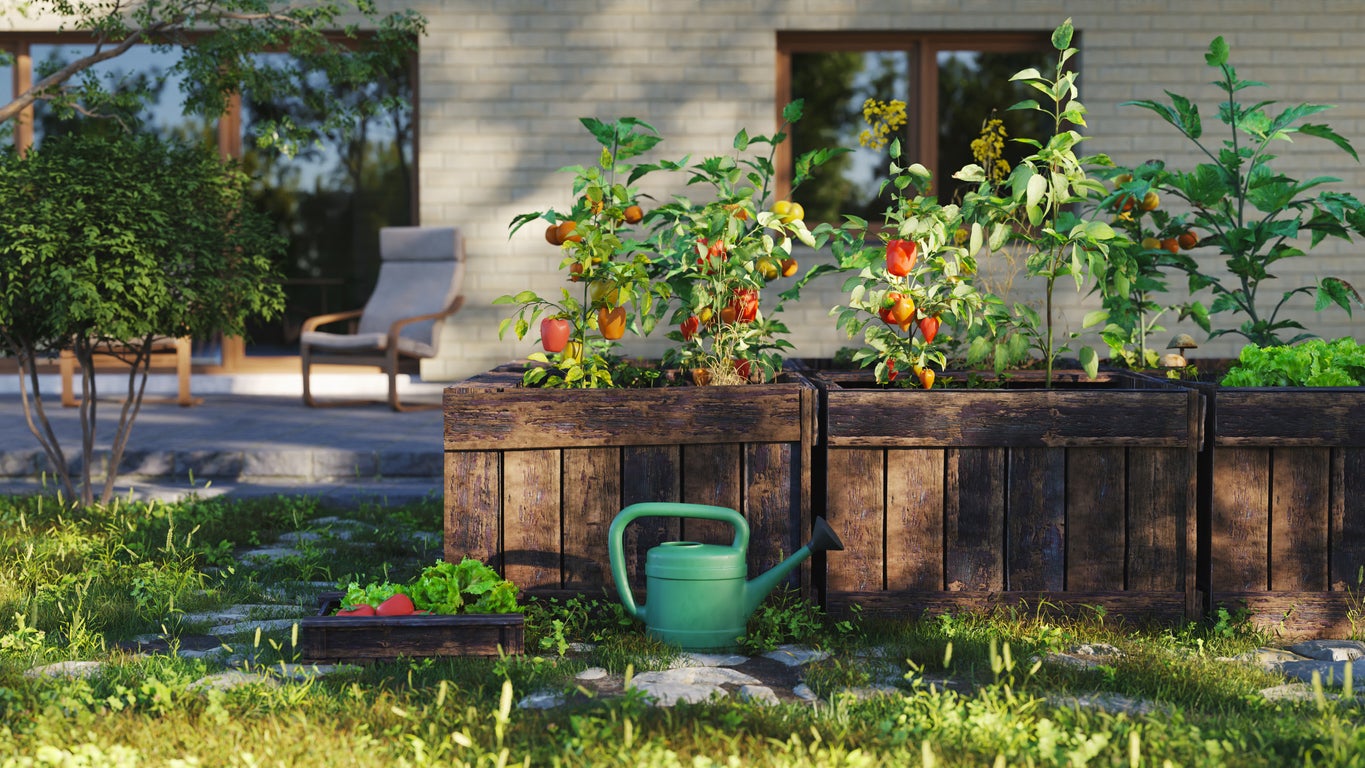
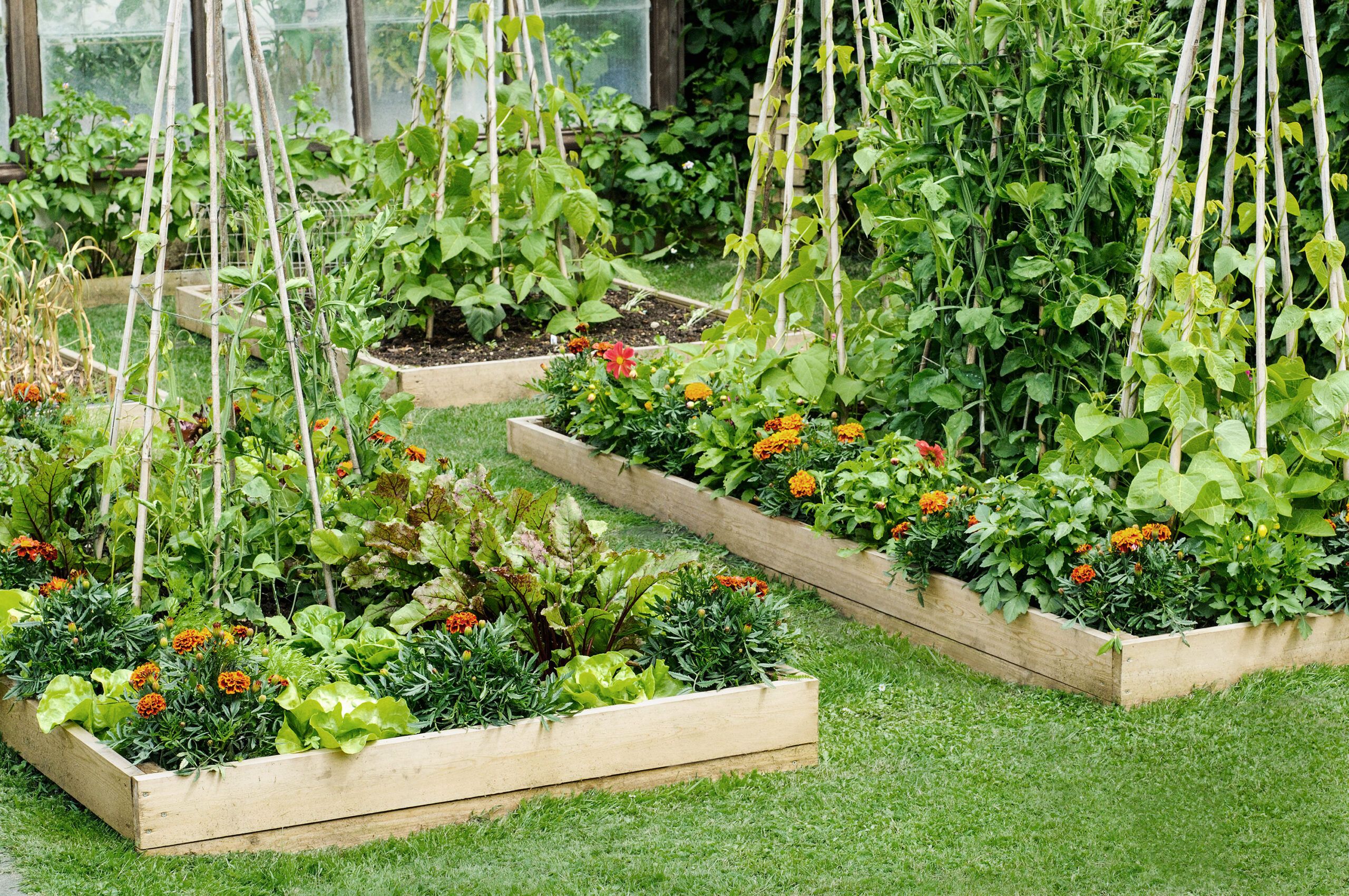
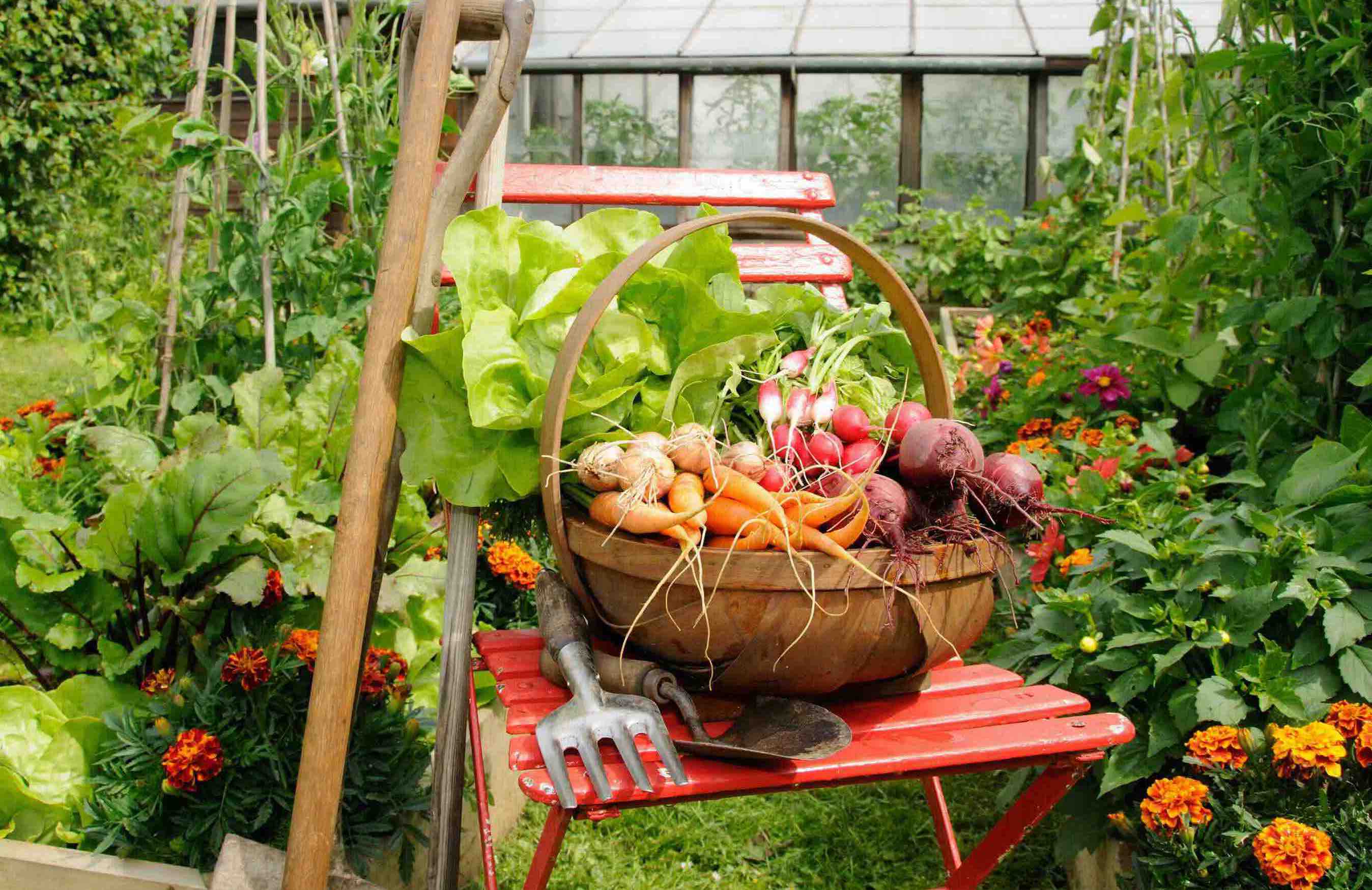
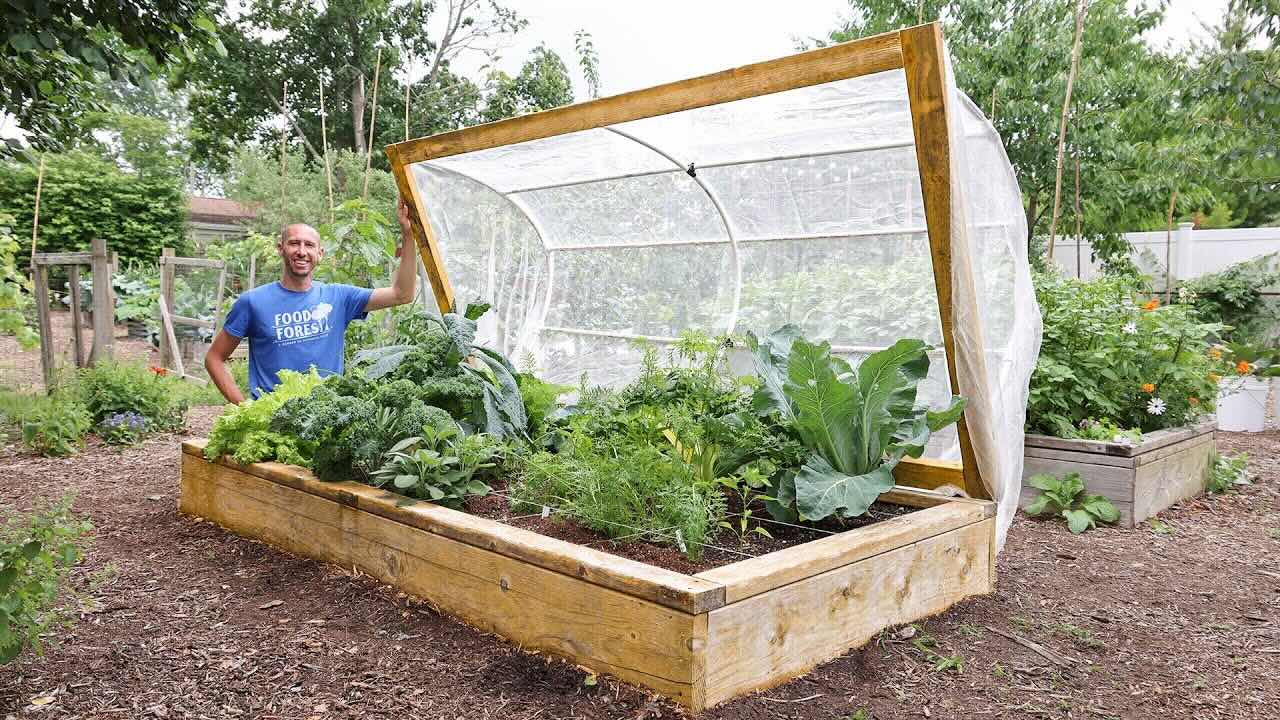
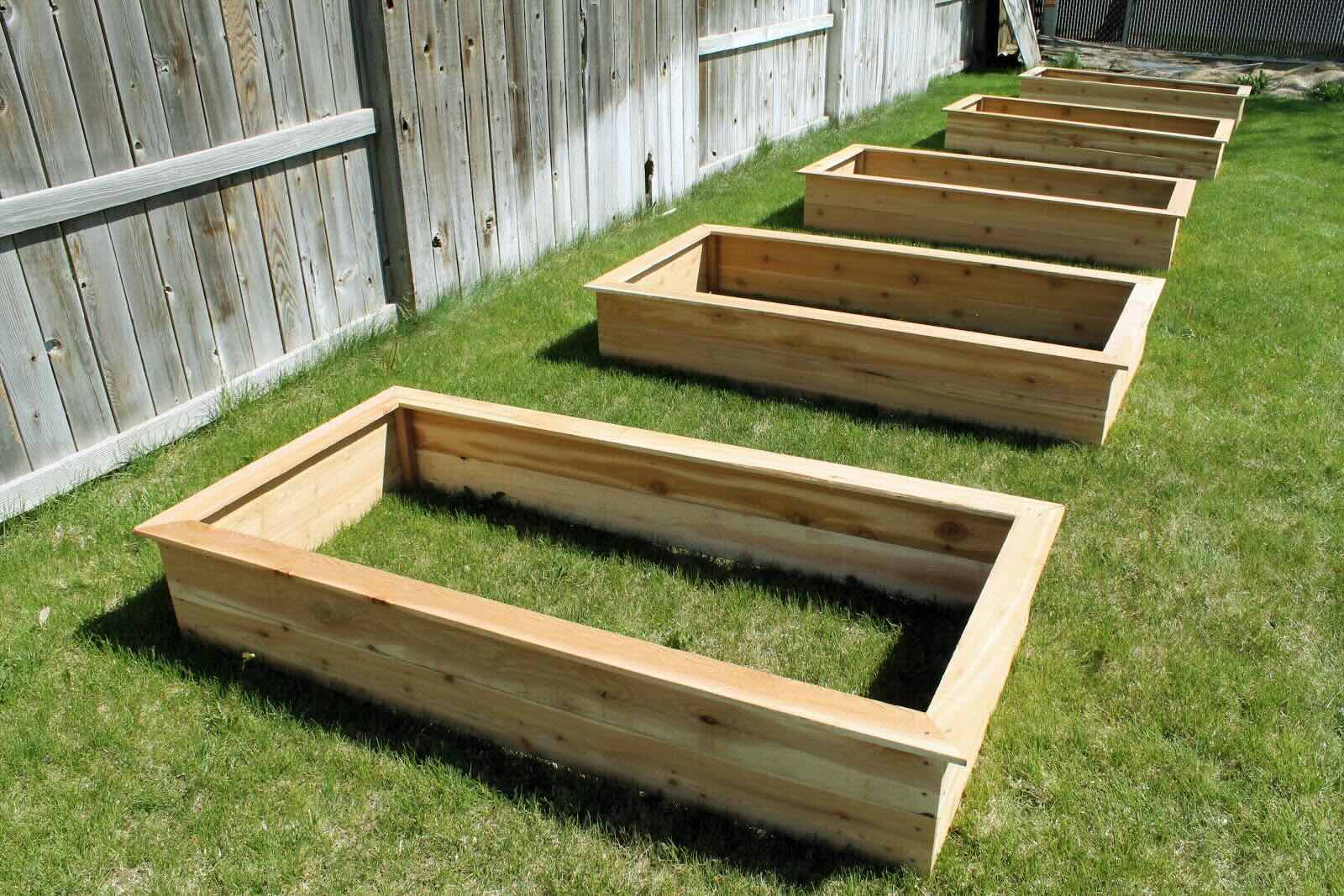
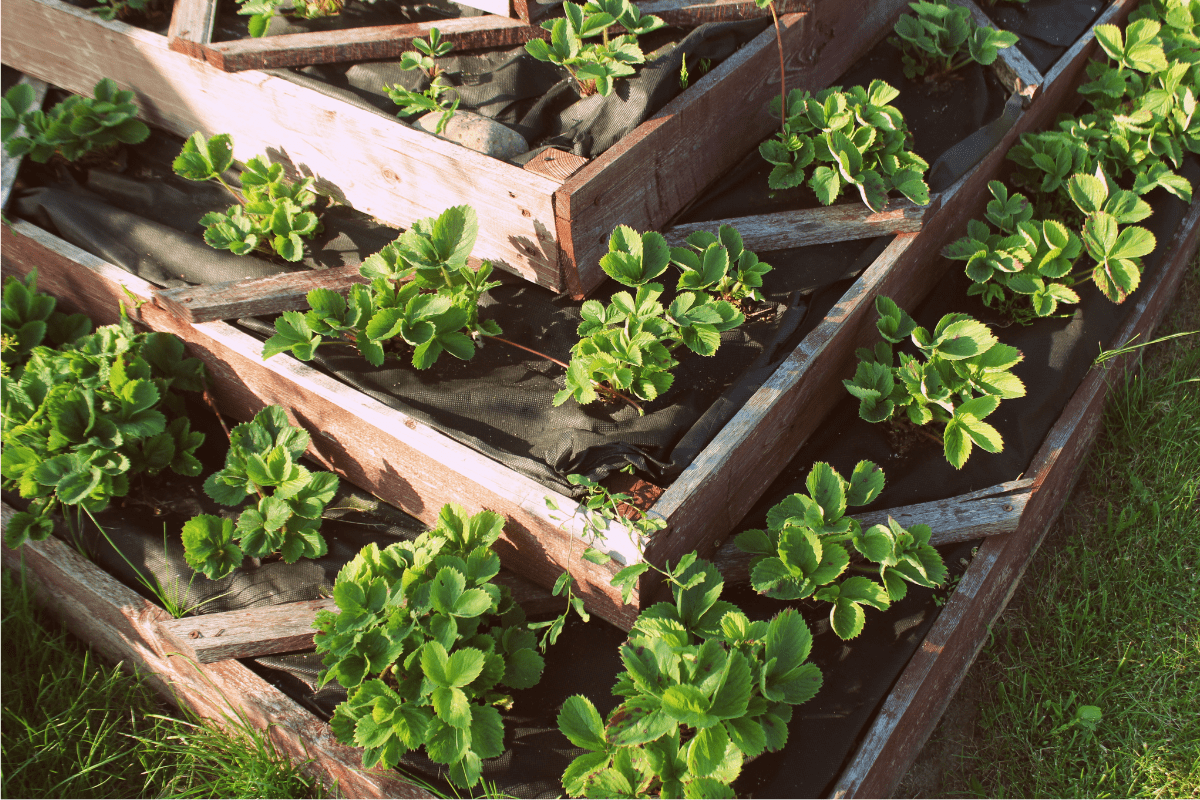

0 thoughts on “How To Fill In A Raised Garden Bed”